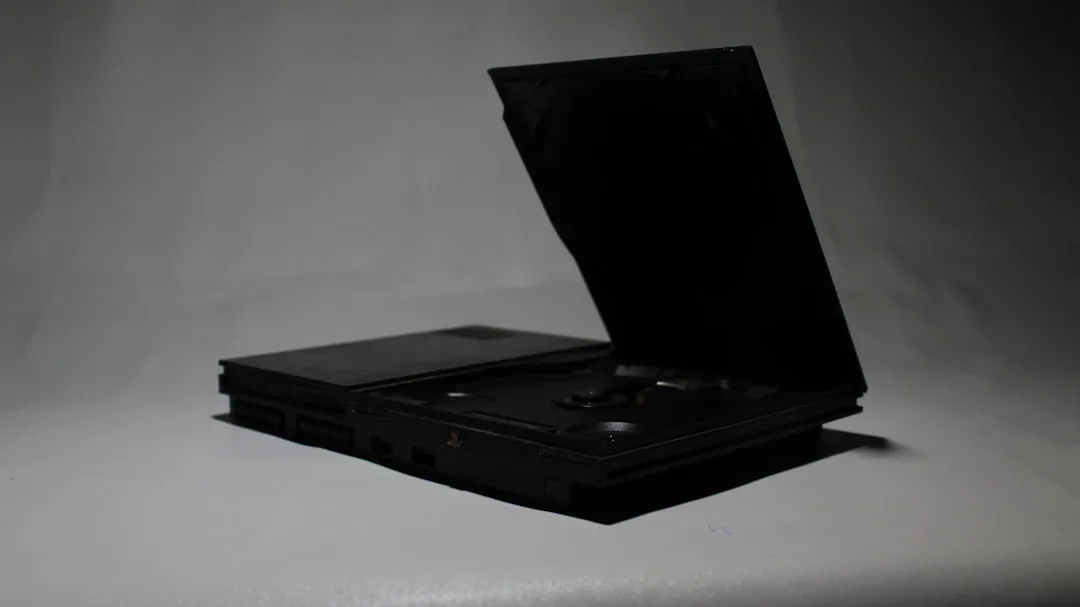The ability to shift between virtual reality and augmented reality seamlessly on one device is a dream of many AR fanatics, but the execution is usually fairly buggy or underwhelming.
That was not the case last week when I got my hands on the Varjo XR-1 Developer Edition headset and software, an experience that finally offered a glimpse at what smooth transitions between the two immersive worlds can be like when done right.
Don't Miss: Hands-On with the Nreal Light, Smartphone-Powered Augmented Reality Immersion
The video-pass-through headset is meant to aid engineers, researchers, and designers by allowing them to utilize a high-definition immersive computing AR/VR display that includes eye tracking. To demonstrate the power of the system, Varjo teamed up with Volvo to show how early prototyping can be done with photorealistic effects in AR and VR, thus making for a more efficient development process when adding new interior and exterior features to an automobile.

Adario Strange/Next Reality
"With this mixed reality approach, we can start evaluating designs and technologies while they are literally still on the drawing board. Instead of the usual static way of evaluating new products and ideas, we can test concepts on the road immediately," said Henrik Green, chief technology officer at Volvo Cars. "This approach offers considerable potential cost savings by identifying priorities and clearing bottlenecks much earlier in the design and development process."

Adario Strange/Next Reality
I spent some time at the recent AWE conference in Silicon Valley speaking with Varjo's founder and testing the device to see just how effective the experience is when compared to the company's claims.
The tethered headset is a little heavier than some commercial VR headsets at 1,065 grams (the HTC Vive Pro weighs in at 555 grams), but since the system isn't meant for long stretches of gaming, the weight shouldn't be a problem. One use case presented to me (that I was unable to test) is the ability to wear the headset while driving and interacting with virtual content overlayed on top of the car's dashboard. The very idea sounds dangerous, but because of the less than 15-millisecond latency (photon-to-photon), interacting with the virtual objects in real time is relatively seamless.
"The main thing with this set-up was the latency, which means that you can throw a ball and you can catch it wearing the video pass-through headset," Niko Eiden, the founder and CEO of Varjo, told me while I was testing the system.
"One of the reasons this [kind of dynamic] hasn't become popular before is because the latency has always been a problem. We feel we've solved this to a level for it to be good enough that you can use it."
The experience I sampled presented me with a life-sized Volvo car, which I was able to walk around and inside of, all while keeping my eyes on the real world setting around me. But once I gave the okay, the team transformed the demo into VR mode, and the real world melted away — replaced by an incredibly realistic street in Venice, Italy.
Typically, when attempting to shift between AR and VR in a dual system, the AR version of virtual objects are rendered with a bit of translucency that somewhat compromises the experience. But in this case, Varjo's claims where accurate, the image fidelity from VR to AR was consistently photorealistic.
"We really had a dream that we wanted to do mixed reality differently than AR, so not just overlaying more light, we really wanted to be able to reconfigured reality," said Eiden. "And with a digital interface with video pass-through, you can do that. You can add shadows, you have full control. You can have Darth Vader appear black instead of pink or purple like with a [usual] AR device. That's what we're demonstrating with this Varjo XR-1 Developer Edition system."

Varjo XR-1 Developer Edition
In a past life, Eiden worked at both Nokia and Microsoft on mobile technology and computational vision, respectively. Those two roles prepared him well for his work at Varjo (which means "shadow" in Finnish), which started in 2016 and has landed roughly $46 million in funding.
"At Nokia I was running a diffractive optics project and we were on trying to productize AR," said Eiden. "So we had a full production line replicating diffractive optics and plastics. And then that same technology was later pitched to Microsoft, and that's how HoloLens actually got started. So we've been working a long time [in the AR space]."
Varjo's XR-1 Developer Edition uses dual 12-megapixel cameras (at 90Hz), has an active IR sensor system, and an 82 x 82 degree field of view. In addition to the headset, you'll need a PC running either an Intel Core i7-8700 or AMD Ryzen 7 2700 processor, an NVIDIA GeForce RTX 2080 or NVIDIA Quadro RTX 6000 GPU, 32GB of RAM, a Thunderbolt 3 connector and, of course, Windows 10.
The system isn't available yet, and there's no price detail available, but when it is, in the second half of this year, it will likely be much pricier than the company's VR-only headset, the VR-1, which costs roughly $6,000.
With that kind of pricing, this definitely isn't for mainstream consumers. But for enterprise customers, like car makers like Volvo (who would particularly benefit from the eye tracking feature), and other major brands, this could be a solution worth investing in.
- Follow Next Reality on Facebook, Twitter, Instagram, YouTube, and Flipboard
- Sign up for Next Reality's daily, weekly, or monthly newsletters
- Follow WonderHowTo on Facebook, Twitter, Pinterest, and Flipboard
Cover image via Varjo




























Comments
Be the first, drop a comment!